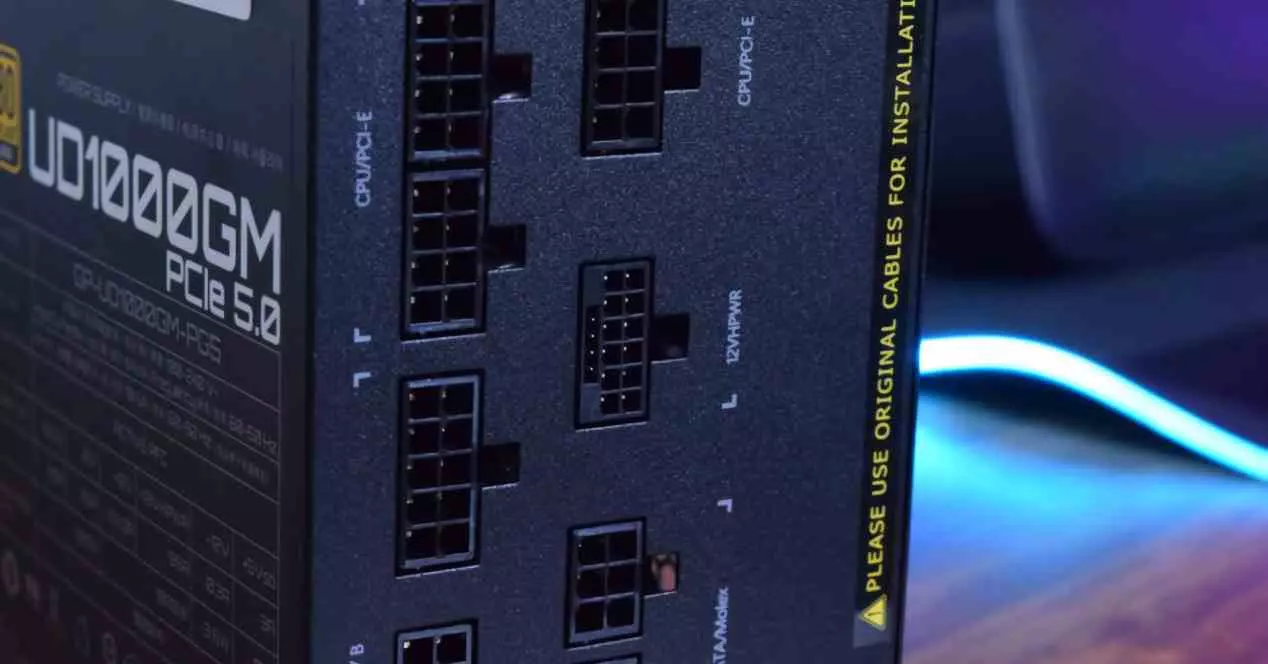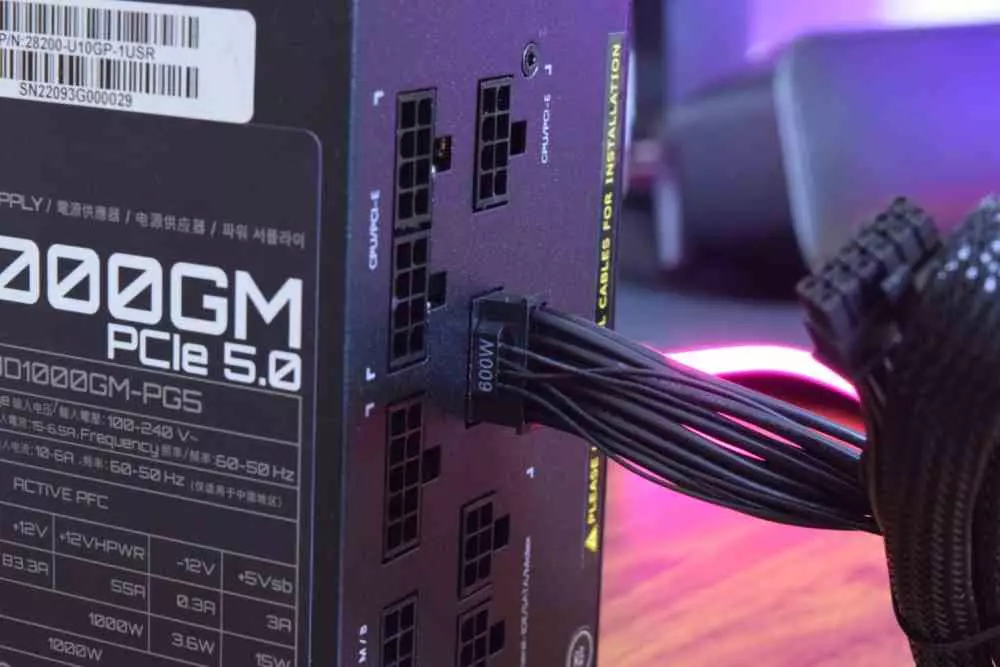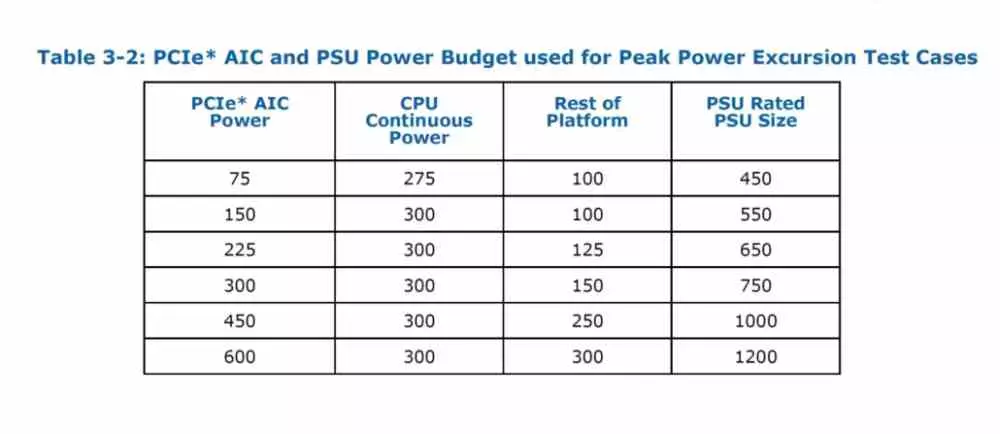
Getting to talk about four-figure power supplies is something that seemed like a stretch until relatively recently. However, with the constant increase in the power used by the different key components, we are going to move to powers above 1000 W and, therefore, to increasingly complex and expensive power supplies.
Since Dennard scaling was completed, the power cost per transistor has been steadily increasing across all processors. This has been happening since 2005. Since then we have seen an increase in energy consumption in our PCs that will soon not be with processors that will have TDP peaks of 300 W and graphics cards consuming over 600 W. Of course, the power obtained by each of those watts is increasing.
The leap in energy consumption has led to the creation of new standards in terms of power supplies. However, the consumption peaks in terms of hardware are the real challenge for this key component. In these periods of no more than 100 milliseconds each, the energy consumption will increase considerably and it will not be necessary for the source to be able to withstand a power much higher than that specified. All this results in a huge challenge for PSU manufacturers under the new ATX 3.0 standard,
From 2023 your gaming PC will consume more than 1000 W
In an interview granted to PC World by the Intel specialist in terms of power and consumption, Mr. Stephen Eastman. The engineer has answered several questions about the new graphics card connector, which is capable of delivering up to 600W of power on its own. Which is also known by the complicated name of PCIe Gen 5 12VHPWR.
With the new PCIe 5.0 connector and the ATX 3.0. Both Intel and PCI SIG address what we both euphemistically call “power leaks,” which, as you might recognize, is just a sweetened way of saying “power spikes.” The PCI SIG has marked that the capacity of a GPU is that of being able to exceed three times the maximum sustained power. This means that a 600W graphics card is allowed to go up to 1800W for 100 microseconds.
In order to help make such power outages smooth, a power supply must be designed with enough capacitors in the system to prevent the system from dropping power and possibly crashing the PC. By Intel’s estimates, a 300W graphics card in a well-designed ATX 3.0 system should be supported by a 750W power supply, with about 300W allocated to the CPU and 150W to the rest of the system.
If you’re looking to be able to adapt an existing ATX 2.X type power supply to run the same 300W graphics card, then you’re potentially going to need a 1100W power supply to support it.
If we look at the table above these lines, corresponding to how the power is distributed is the ATX 3.0 specification and the increase in the consumption of graphics cards, then it is very clear that any minimally serious gaming PC should rule out the use of a power supply less than 750W and one of 1000W or more would be recommended.





